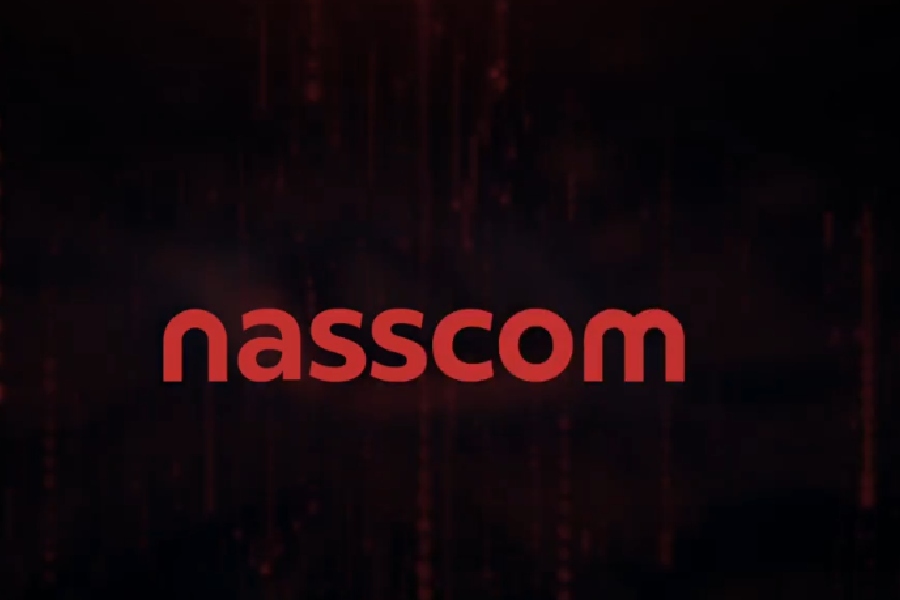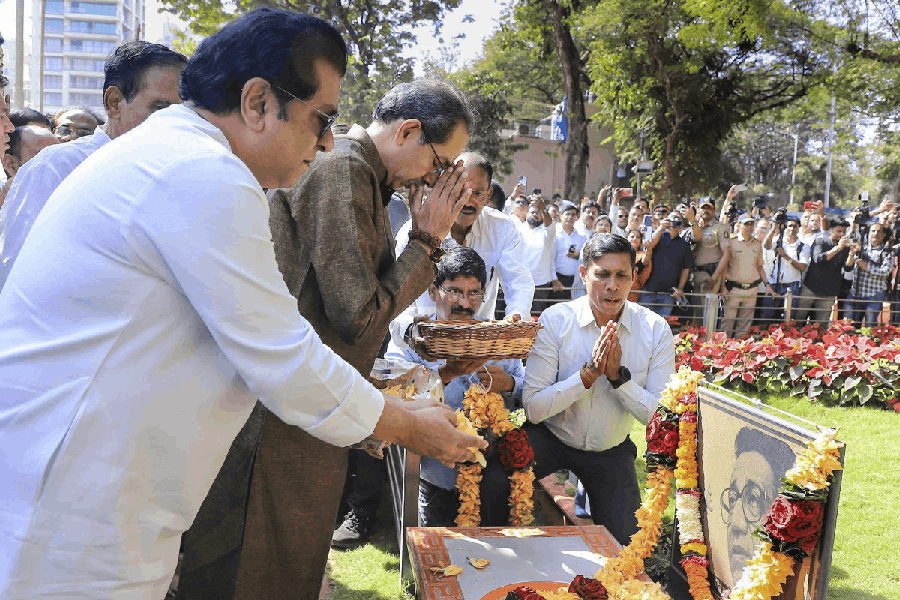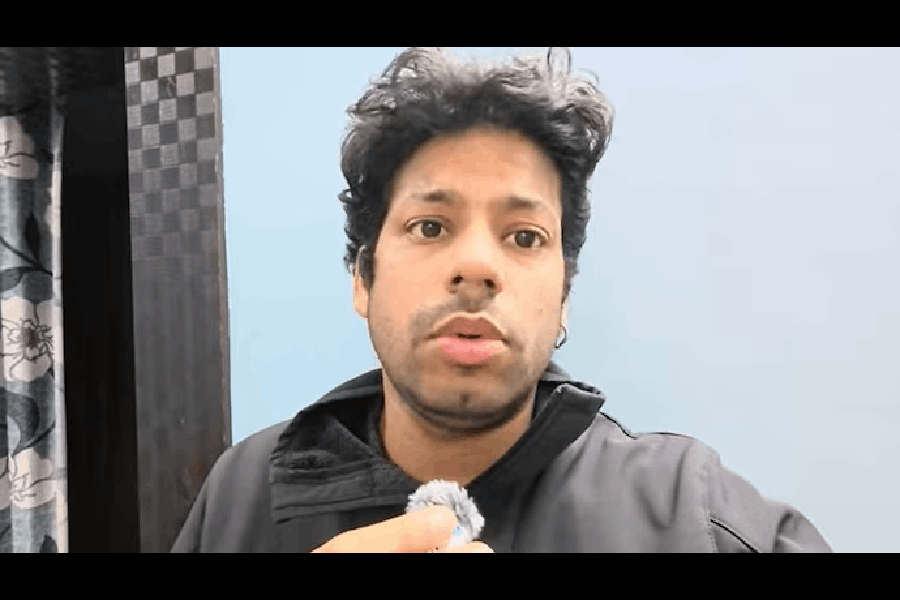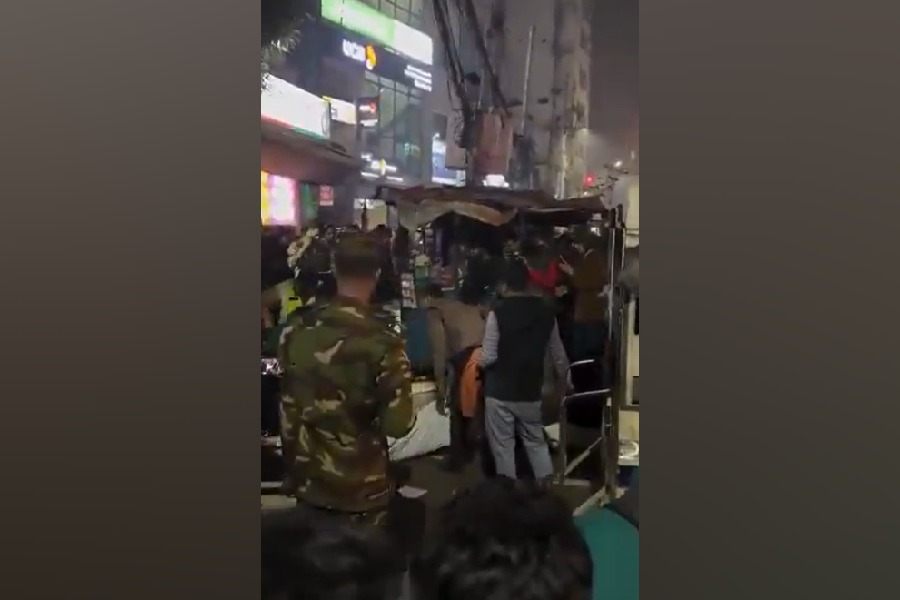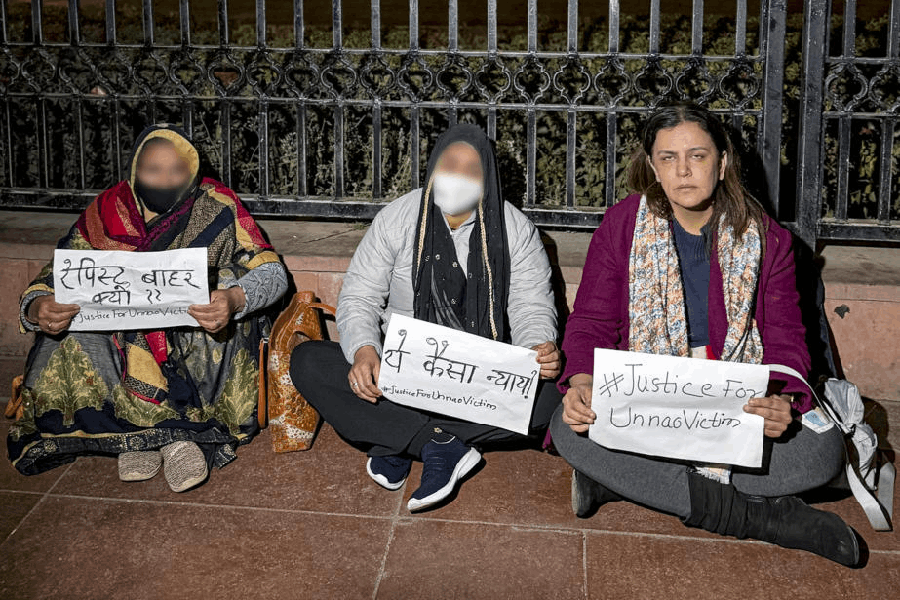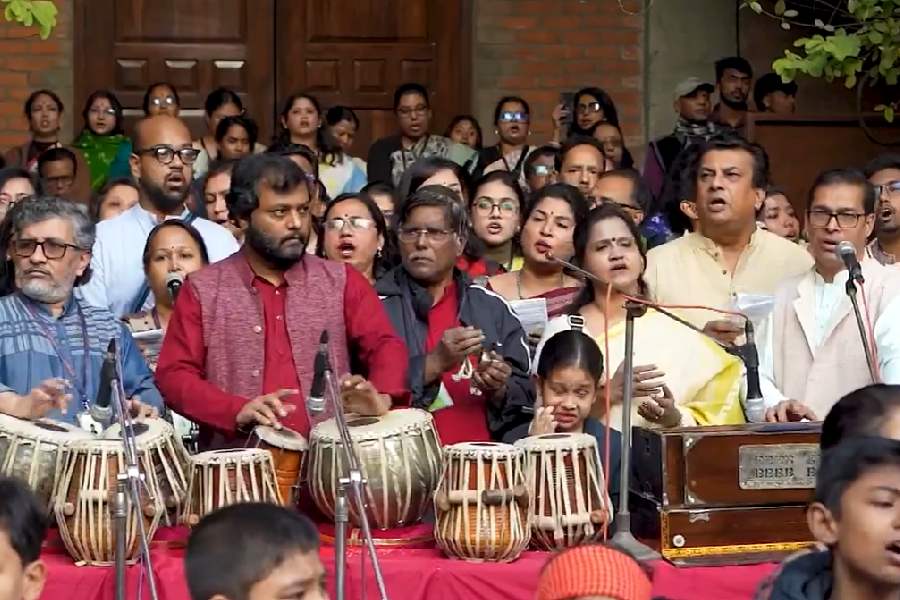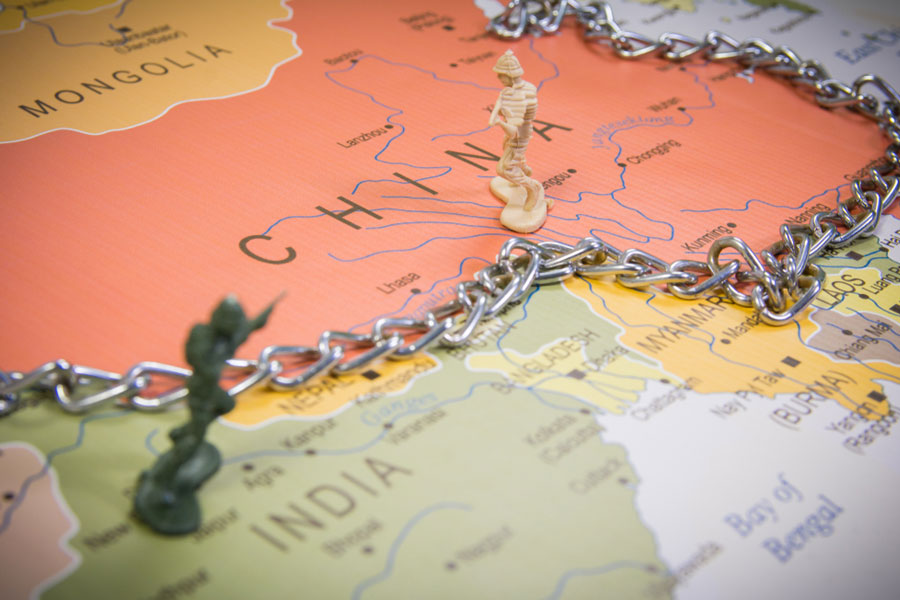|
|
| TOWARDS A BETTER LIFE: An adopted girl in Calcutta |
Annie Jose (name changed), who lives in the US, is running from pillar to post these days. Two years ago she and her husband had adopted a relinquished child in India. It was only when the child was refused a permanent resident visa that they realised that the adoption was not legal. They took the child to the US on a tourist visa and now Jose comes back to India with him every three months to pursue the process of legally adopting him.
India’s policy on international adoptions is fraught with ill-defined legal processes and loopholes. In fact, last year the Bombay High Court asked the Central Adoption Resources Agency (Cara), an autonomous body under the ministry of women and child development that oversees inter-country adoptions, to frame detailed guidelines on international adoptions. Cara is supposed to submit its report to the Bombay High Court by April 16.
J.K. Mittal, chairman of Cara, explains that in the case of Jose, as indeed in case of all inter-country adoptions, the adoption becomes legal only after Cara issues a no-objection certificate.
According to Jose, the child was abandoned by the father after his biological mother died. The couple got the baby after the father wrote out an adoption deed, relinquishing his right to the child to the Jose family. “This is not valid in the case of inter-country adoptions,” says Delhi-based senior advocate Kailash Vasdev.
But it is not just the complex and confusing procedures that plague international adoptions. The deficiencies in India’s policy on international adoptions were thrown into stark relief when a 14-year-old girl was sent back to Mumbai by her American adoptive parents in 2008. The child, who was adopted in 2006, apparently developed psychiatric and behavioural problems and could not adjust to her new home. The question was, once a child was adopted and the parents took on the rights to and responsibility for the child, could she be sent back to the country of her origin where there was no one to take care of her?
Last year, the Bombay High Court formed an expert committee to look into the issue of repatriation in cases of disrupted or failed adoptions. The move to develop detailed and unambiguous guidelines on international adoptions was also kicked off simultaneously. As Asha Bajpai, a member of the court-appointed expert committee, stresses, “With the increasing number of international adoptions, one needs to ensure that laws are put in place and followed stringently.”
One of the main problems, says Bajpai, is the absence of specific legislation on inter-country adoptions. At present, the Hindu Adoptions and Maintenance Act (Hama), 1956, provides for adoptions by Hindu, Sikh, Jain and Buddhist parents. Parents belonging to all other religions, including foreigners, have to take recourse to the Guardians and Wards Act (Gawa), 1890, where they become guardians of the children.
“Gawa does not give adoptive parents the usual rights of a parent or a child. The child too is only a ward and does not have the legal status of an adopted child,” says Kamla Lekhwani, adoption officer at the Delhi-based adoption agency, Children of the World.
So what do foreign nationals and persons of Indian origin domiciled abroad do if they want to adopt an Indian child? Would-be parents have to apply at a Cara-recognised coordinating agency, which in turn prepares a dossier of the family (consisting of police verification reports, homestudy reports, income tax returns, marriage certificate, etc.) and sends it across to Cara. Only if Cara chooses to give the proposed adoption a no-objection certificate can the adoption go ahead. The adoptive parents also have to obtain guardianship orders under Gawa from the district court or the high court within whose territorial jurisdiction the child resides.
“This is with a view to formally adopt the child under the legal system of the country of the parents’ habitual residence within two years,” says Jagdeep Kishore, a Delhi High Court advocate.
However, since Gawa only gives guardianship rights to non-Hindu or foreign adoptive parents, experts say that such adoptions should be brought under the ambit of the Juvenile Justice (Care and Protection of Children) Act, 2000. “The act is silent on nationality. The law says that any person, irrespective of his caste or creed can adopt an abandoned child, orphan, or a relinquished kid,” says Lekhwani. According to reports, Cara too has proposed that adoptions, especially those by foreign parents, be brought under either this law or Hama in order to protect the rights of the child.
The financial responsibility of repatriated adopted children is another huge area of debate. While the court had mooted the idea of a national fund for repatriated children, adoption agencies are worried that such funds may be misused. “As the number of repatriated children is minuscule, it will only lead to further unused funds at the agency level,” says Lekhwani. The expert committee is not in favour of a corpus for repatriated children as “there are Centre and state welfare funds for children in distress,” she says.
According to Kishore, repatriation should really be the last resort. “Efforts should be made to rehabilitate the child in the adoptive parents’ country,” he says. Cara too has proposed that children adopted from India should go to their foreign adoptive homes as citizens of the country they have been adopted into. “Once a final order of adoption is given under Hama or Juvenile Justice Act, the child should receive all protection as a citizen of the receiving country,” says Bajpai.
The expert committee has also suggested that before a child can be repatriated there should be an Indian court order to the effect. “If a child goes to a foreign land under a court order, then the concerned court needs to be informed if he or she has to be repatriated so that suitable orders for the care and rehabilitation of the child can be given,” says Bajpai.
Some of the other problems of international adoptions are complex paper work, documentation, long delays at the different levels of scrutiny and so on. Cara says that the new guidelines will also try to simplify these lengthy and cumbersome processes. “We are working in that direction,” says Mittal.
Jose, for one, will hope that it happens soon.



